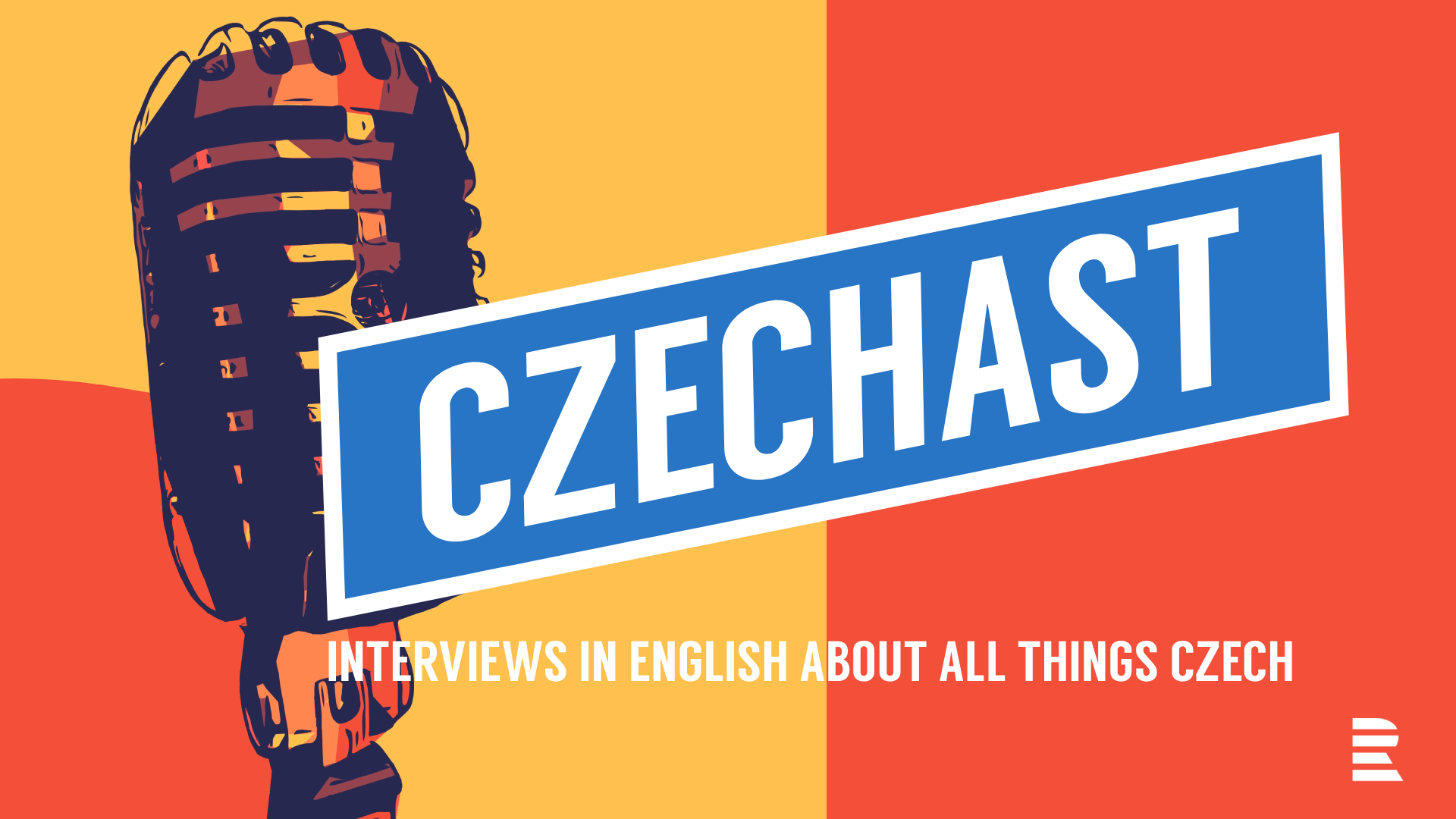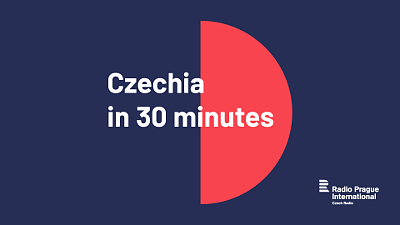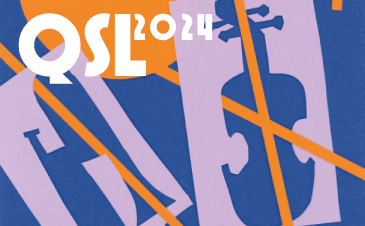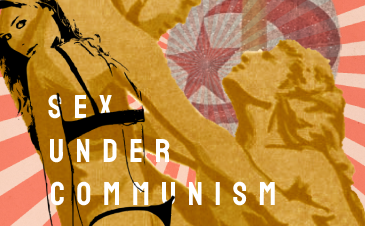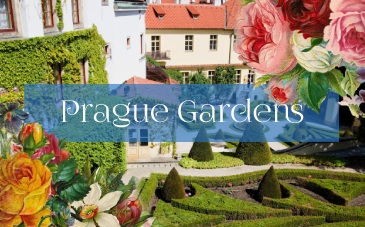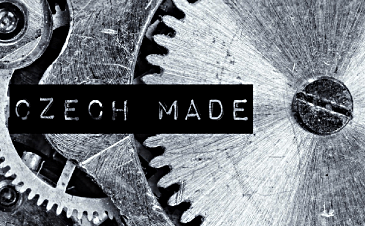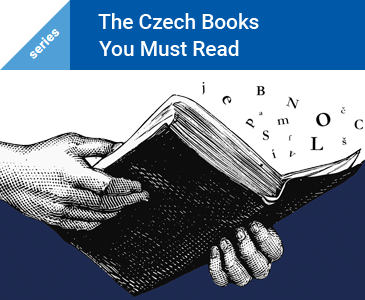News
-
Biden calls Czechia "great ally" during White House meeting with Fiala
-
PM Fiala wants to convince Republicans in Congress to approve Ukraine aid package
-
Fiala awards Karel Kramář Medal to Milada Horáková's daughter Jana Kánská
-
Experts: minimum decent wage in Czechia should be CZK 45,573
-
Some 20,000 vaccines against whooping cough to arrive in Czechia on Tuesday
Follow us
Business
Foreign policy
-
PM Fiala: Israel has the right to defend its existence
Czechia has condemned Iran's air strike on Israel, backing the country’s right to self-defense and expressing concern regarding a further destabilization of the region.
-
Fiala at White House latest visit in line reaching back to Havel
The Czech prime minister, Petr Fiala, is due to visit the White House on Monday for a meeting with US President Joe Biden. Naturally this is not the first such visit.
Society
Anniversary of the Week
Culture
History
Travel
Nature
-
Second baby gorilla born at Prague Zoo in 2024 already on view
The Prague Zoo has announced the birth of a critically endangered western lowland gorilla cub. It is already the second baby gorilla cub born in the zoo this year.
-
Tropical weather has arrived in Czechia – but what’s the climate impact?
Czechia had its first bout of tropical weather, with temperatures reaching 30 degrees Celsius, indicative of a larger problem being experienced globally – climate change.
Science and technology
-
Brno scientists investigate bacteriocins as alternative to antiobiotics
For years scientists have been warning us that increasing numbers of diseases are developing antibiotic resistance. Bacteriocins might just provide the solution.
-
Cutting-edge technology to protect Prague’s Charles Bridge tower
Conservationists have applied a special protective paint on one of the Gothic towers on Charles Bridge, which can decompose algae and mosses with the help of light alone.















































